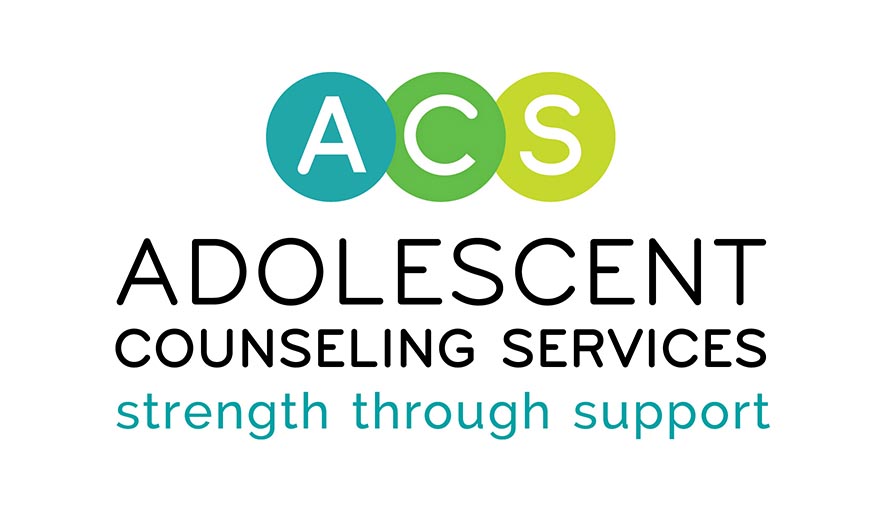The “Good-Grade” Drug-Adderall, Ritalin, Vyvanse, etc.
An article published in the Saturday, June 9th, 2012, New York Times put a brilliant spotlight on the prescription drug abuse of Adderall, Ritalin, Vyvanse, and other medications prescribed to treat symptoms of A.D.H.D, by high school students pushing themselves to succeed in high school and get into top colleges.
At high schools across the United States, pressure over grades and competition for college admissions are encouraging students to abuse prescription stimulants, according to interviews with students, parents and doctors. Pills that have been a staple in some college and graduate school circles are going from rare to routine in many academically competitive high schools, where teenagers say they get them from friends, buy them from student dealers or fake symptoms to their parents and doctors to get prescriptions.
Observed Gary Boggs, a special agent for the Drug Enforcement Administration, “We’re seeing it all across the United States.”
The D.E.A. lists prescription stimulants like Adderall and Vyvanse (amphetamines) and Ritalin and Focalin (methylphenidates) as Class 2 controlled substances — the same as cocaine and morphine — because they rank among the most addictive substances that have a medical use. (By comparison, the long-abused anti-anxiety drug Valium is in the lower Class 4.) So they carry high legal risks, too, as few teenagers appreciate that merely giving a friend an Adderall or Vyvanse pill is the same as selling it and can be prosecuted as a felony.
While these medicines tend to calm people with A.D.H.D., those without the disorder find that just one pill can jolt them with the energy and focus to push through all-night homework binges and stay awake during exams afterward.
The Drawbacks of Using These Drugs
Abuse of prescription stimulants can lead to depression and mood swings (from sleep deprivation), heart irregularities and acute exhaustion or psychosis during withdrawal, doctors say. Little is known about the long-term effects of abuse of stimulants among the young. Drug counselors say that for some teenagers, the pills eventually become an entry to the abuse of painkillers and sleep aids.
Paul L. Hokemeyer, a family therapist at Caron Treatment Centers in Manhattan, said: “Children have prefrontal cortexes that are not fully developed, and we’re changing the chemistry of the brain. That’s what these drugs do. It’s one thing if you have a real deficiency — the medicine is really important to those people — but not if your deficiency is not getting into Brown.”
Liz Jorgensen, a licensed addiction specialist who runs Insight Counseling in Ridgefield, Conn., said her small center had treated “at least 50 or 60” high school students from southern Connecticut this school year alone who had abused prescription stimulants for academics. Ms. Jorgensen said some of those teenagers landed in rehab directly from the stimulants or, more often, grew comfortable with prescription drugs in general and began abusing prescription painkillers like OxyContin.
A teen in Virginia had begun using in his sophmore year and gradually increased his dosage over the next 3 years, until in his senior year he was up to 300 milligrams a day. One night, after he had taken about 400 milligrams, his heart started beating wildly. He began hallucinating and then convulsing. He was rushed to the emergency room and wound up spending seven months at a drug rehabilitation center. To his surprise, two of 20 fellow patients there had also landed in rehab solely from abusing stimulants in high school. “No one seems to think that it’s a real thing — adults on the outside looking in,” the boy said. “The other kids in rehab thought we weren’t addicts because Adderall wasn’t a real drug. It’s so underestimated.”
Why Schools Aren’t Stopping It
Schools and principals interviewed for the New York Times article said that they were concerned about some teenagers turning to these drugs, but that their numbers were far smaller than the students said. One superintendent, said the survey his district used to gauge student drug use asked about only prescription medications in general, not stimulants specifically. “It has not been a surface issue for us — we’re much more conscious of alcohol or other drug use,” said the superintendent. “We haven’t had word that it’s a widespread issue.”
Estimates on the wide spread use of these drugs can be neither confirmed nor refuted because little data captures this specific type of drug misuse. A respected annual survey financed by the National Institute on Drug Abuse, “Monitoring the Future,” reports that abuse of prescription amphetamines by 10th and 12th graders nationally has actually dipped from the 1990s and is remaining relatively steady at about 10 percent.
Another school representative from a school district in Philadelphia says prescription stimulant abuse is covered in his schools various student-wellness initiatives as well as in the 10th-grade health curriculum. He expressed frustration that many parents seemed oblivious to the problem.
“It’s time for a serious wake-up call,” the representative said. “Straight A’s and high SAT scores look great on paper, but they aren’t reflective measures of a student’s health and well-being. We need to better understand the pressures and temptations, and ultimately we need to embrace new definitions of student success. For many families and communities, that’s simply not happening.
To read the full article posted on the New York Times website.
